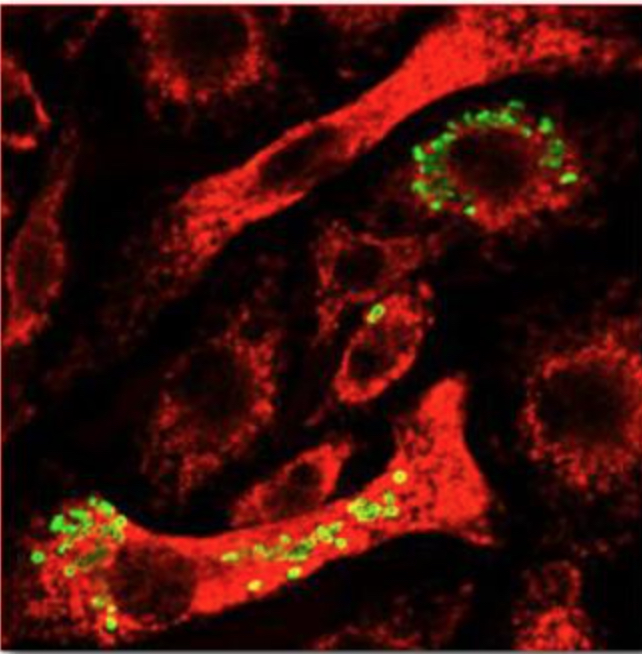When Flagstaff Medical Center doctors recognized two patients’ symptoms as those of rabbit fever, they reached out to county and state health officials, who turned to NAU’s David Wagner for clarification. Wagner, an associate professor of biological sciences and associate director for NAU’s Center for Microbial Genetics and Genomics, has been working with the lab’s associate director Dawn Birdsell, conducting DNA fingerprinting of the germs and identifying the specific strain of rabbit fever, also known as Tularemia.
Caused by the bacterium Francisella tularensis, Tularemia is often spread by infected animals, insects and, in some cases, eating or drinking contaminated food and water.
An infected person may develop an ulcer at the site of the insect bite and swelling of nearby lymph nodes. Other fever-like symptoms include chills, muscle aches and nausea. While Tularemia can be fatal, the disease is effectively treated with antibiotics.
Tularemia is broken down into categories A and B with numerous subspecies. Wagner, a Tularemia expert who has been working on the pathogen for more than 10 years, said this month’s Arizona cases have been identified as the more virulent Type A. “Our next step will be to see how close these isolates are to each other. If they are very similar, that would suggest the two people may have been infected in a similar region,” he said.

Wagner began studying Tularemia because it had previously been developed as a biological weapon. “After the anthrax letter attacks in 2001, funding became available to develop DNA fingerprinting systems for Tularemia and other diseases. If there was an attack, we would DNA fingerprint that strain and compare it to global databases to figure out where it came from.”
“The ecology of this organism is poorly understood,” Wagner said. “We’re working to learn more about the phylogeography, describing where the groups of Tularemia are distributed around the world.”
Wagner and fellow scientists plan to publish a paper about this month’s rabbit fever cases, sharing findings on this infectious disease with the greater scientific community.



